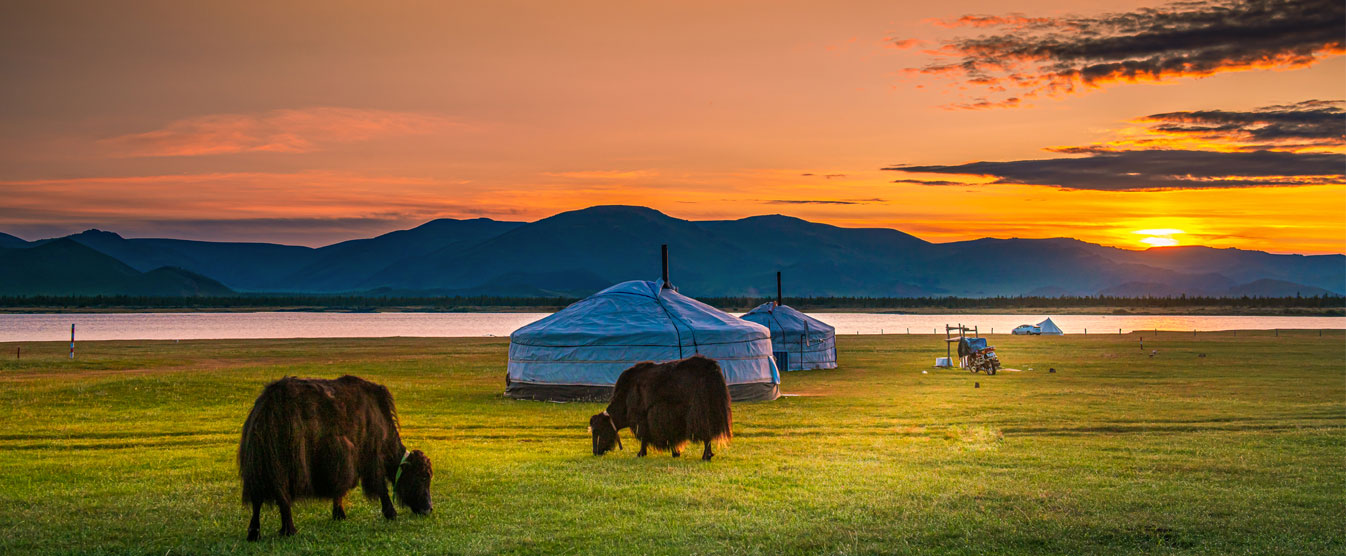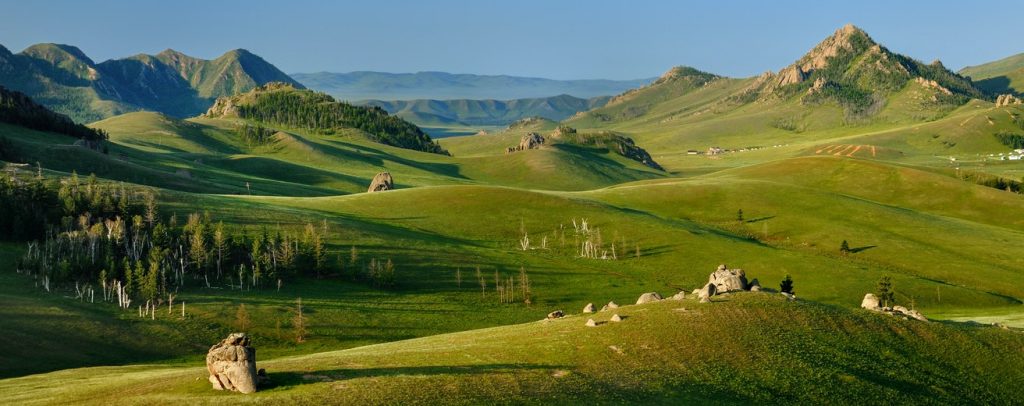Are you ready for an adventure like no other? 🌏 The Way To Nomads team is here to share the top 5 reasons why Mongolia should be your next destination. Known for its untouched landscapes, rich nomadic culture, and rare wildlife, Mongolia offers an authentic travel experience that’s becoming harder to find in today’s world.

1. Experience Mongolia’s Serenity – The Land of the Blue Sky 🌿
Mongolia’s vast, open landscapes will leave you speechless. Imagine:
✔️ Endless green steppes patterned by moving clouds.
✔️ Crystal-clear lakes reflecting the endless blue sky.
✔️ The occasional white felt ger (traditional yurt) dotting the countryside.
The silence is epic, the air is pristine, and the sky is an unbroken expanse of blue. It’s no wonder Mongolia is called “The Land of the Eternal Blue Sky.” For those seeking true peace and natural beauty, Mongolia’s countryside is the ultimate escape.

2. Discover the World’s Last Surviving Nomadic Culture 🐎
Mongolia is home to one of the world’s oldest and most authentic nomadic lifestyles. Here, life is defined by nature’s rhythm.
✔️ Live alongside a nomadic family for a truly immersive experience.
✔️ Learn to milk cows, herd livestock, and prepare traditional meals.
✔️ Sleep in a cozy ger and wake up to breathtaking landscapes.
This isn’t just a trip—it’s a journey back in time to understand a way of life that has remained unchanged for centuries. It’s humbling, enlightening, and unforgettable.

3. Escape Modern Life – Discover Mongolia’s Unspoiled Wilderness 🌄
Outside Ulaanbaatar, Mongolia remains largely untouched by modern life and free from mass tourism. But this is changing as the country grows in popularity.
Now is the perfect time to explore its raw, authentic beauty:
- Roam through endless deserts, steppes, and mountains.
- Visit regions rarely touched by tourists.
- Experience Mongolia’s authenticity before it’s discovered by the world.
If you’re seeking an off-the-beaten-path adventure, Mongolia is calling.

4. Adventure for Every Traveler – From Culture to Thrill-Seeking
Mongolia offers a diverse range of experiences for every type of traveler:
🌿 Cultural Discovery Tours – Visit ancient monasteries, participate in local festivals, and immerse yourself in Mongolia’s deep-rooted traditions.
🗺️ Natural Discovery Tours – Witness stunning landscapes like the Gobi Desert, Khuvsgul Lake, and the Altai Mountains.
🏕️ Adventure Tours – Trek across rugged mountains, ride camels in the desert, or horseback ride through lush steppes.
🎯 Special Interest Tours – Whether it’s photography, wildlife watching, or culinary exploration, Mongolia offers something unique for everyone.

5. Discover Mongolia’s Unique Wildlife and Landscapes 🐪
Mongolia is home to rare wildlife and landscapes found nowhere else on Earth.
✔️ Spot the elusive Gobi bear—the world’s rarest bear species.
✔️ Encounter the two-humped wild camel, an ancient survivor of the desert.
✔️ Explore the vast Gobi Desert, a semi-desert that’s full of surprises.
✔️ Discover rare plant species that thrive in Mongolia’s unique ecosystem.
There’s no place like Mongolia when it comes to exploring untouched wilderness and unique wildlife. It’s a once-in-a-lifetime destination that will challenge and inspire your sense of adventure.

Why Travel to Mongolia with Way To Nomads? 🌍
- Local Expertise: Our guides are locals who know Mongolia’s best-kept secrets.
- Authentic Experiences: Stay with nomadic families, explore hidden landscapes, and engage with authentic traditions.
- Customized Adventures: Whether you’re seeking cultural immersion or extreme adventure, we tailor trips to fit your dreams.
🎒 Ready to Embark on an Unforgettable Adventure?
Book your Mongolia tour with Way To Nomads today and experience a journey that will stay with you forever.
👉 Contact Us to start planning your Mongolian adventure!








![Khuisiin Naiman Nuur [Eight Laikes of Mongolia]](http://mongoliantravelagency.com/wp-content/uploads/2021/09/8-lakes-hore-trip.jpg)







